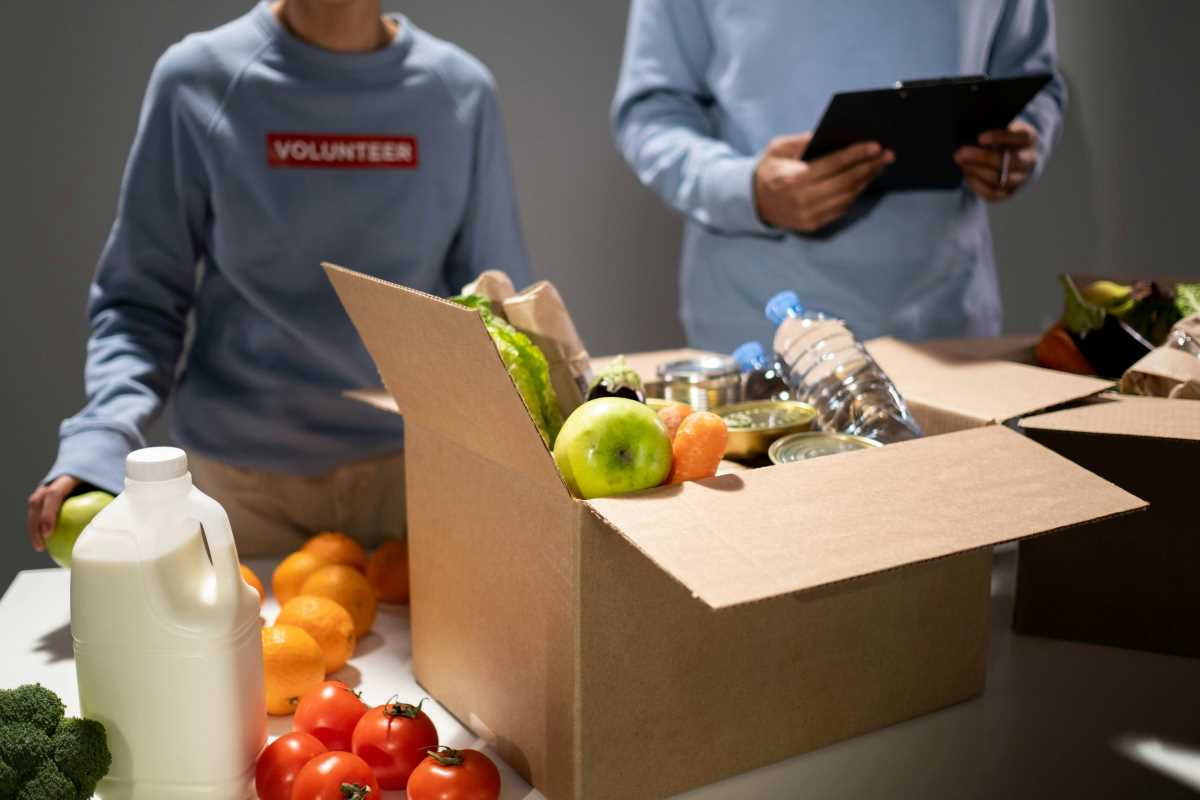When times get tough, food banks are often the first place struggling families turn to for help. These organizations are lifelines for people facing food insecurity, especially during crises like economic downturns, natural disasters, or pandemics. Yet, as the need grows, food banks often stretch their resources to the brink, working tirelessly to ensure no one goes hungry. And this is where communities step in.
Supporting local emergency food banks during times of increased demand isn’t just about handing over a few cans of soup (although that helps too). It’s about recognizing the urgent role these organizations play and finding ways to back them up through creative, simple, and meaningful actions. Here’s how you can help and why it matters now more than ever.
Why Food Banks Are Essential During a Crisis
Food insecurity doesn’t always look the way you expect. It hits single parents juggling bills, college students rationing meals to make their grocery budget last, and seniors choosing between medication and food. And when a crisis strikes, those already teetering on the edge can quickly find themselves in need of immediate assistance.
Food banks step in during these pivotal moments, providing immediate relief for families by offering groceries, prepared meals, and support services. They act as a safety net, not only for those struggling long-term but also for people experiencing temporary setbacks.
Take 2020 as an example. The pandemic caused an unprecedented surge in food insecurity, with food banks across the country seeing a 60% increase in demand. Many of these new clients had never needed assistance before. Through it all, food banks adapted, scaling operations, organizing drive-thru distribution centers, and partnering with community organizations to get meals to those in quarantine.
This adaptability doesn’t come without challenges. Whether it’s limited food supplies, underfunding, or a shortage of volunteers, food banks need help to meet the demand during large-scale crises. And that’s where you and your community come in.
Here's how you can help:
1. Make Financial Donations
One of the most impactful ways to support local food banks is through financial contributions. Cash donations give these organizations flexibility. Instead of relying on the specific items people donate, they can purchase what’s most urgently needed, often at a much lower cost due to bulk buying and partnerships with suppliers.
Even small amounts go a long way. For example, many food banks can turn every $1 you donate into 5 to 10 meals thanks to their efficient partnerships. Imagine what they can accomplish with just $10 or $20 from you.
If you’re unsure where your money will go, reach out to your local food bank and ask. Many are transparent about how donations are spent, and you’ll often see exactly how your contribution translates into meals served.
2. Host or Participate in Food Drives
Food banks are always in need of non-perishable items, and food drives are a simple, effective way to gather those supplies. Organize one through your neighborhood, workplace, or school. Set up a collection box, spread the word, and encourage others to contribute.
When donating, check with your food bank about their most-needed items. Often, staples like rice, pasta, canned vegetables, peanut butter, and baby formula are high priorities. Avoid expired goods or perishable items unless your food bank specifically requests them.
If organizing a drive feels intimidating, don’t worry. Many food banks have ready-to-go promotional materials to help you get started, and they’ll often guide you through the planning process.
3. Volunteer Your Time
When demand at food banks surges, the need for volunteers grows too. These organizations rely heavily on people to sort donations, pack food boxes, distribute meals, and even assist with administrative tasks.
Signing up to volunteer doesn’t have to mean committing to a regular schedule (though that’s wonderful if you can!). Many food banks offer flexible shifts, so you can help out even if you have just a few hours to spare.
Picture this. During the height of a crisis, an overwhelmed food bank struggles to sort thousands of food donations pouring in. A call goes out for volunteers, and within days, people from across the community step in. Families bond over sorting canned goods, teenagers gain valuable experience working on a distribution line, and neighbors who’ve never spoken before share a laugh while packing grocery bags.
Not only does volunteering help the food bank run smoothly, but it also brings people together, building a sense of community even in difficult times.
4. Advocate for Food Banks and Food Security
While immediate support like donations and volunteering are crucial, advocating for long-term solutions is equally important. Food banks shouldn’t have to rely on emergency measures to fill the gaps left by inadequate policies or funding.
Start by raising awareness about food insecurity in your community. Share information on social media, talk to your friends and family, and attend town hall meetings to discuss local initiatives. Use your voice to push for policies that address food deserts, living wages, affordable housing, and expanded access to nutrition assistance programs like SNAP.
Advocacy might feel big, but it often starts small. Write emails to your local representatives. Sign petitions supporting increased funding for food programs. Encourage local businesses to become food bank sponsors. Every action fosters broader change.
5. Shop Smart and Think Local
Supporting food banks doesn’t always mean direct involvement. Indirect help, like shopping smarter and reducing food waste at home, can also make a difference.
For instance, if your local farmers’ market offers a “Buy One, Donate One” option, participate. Many farmers and stores partner with food banks to funnel fresh produce into local pantries. By choosing to shop through these channels, you’re helping fresh, healthy food get to the people who need it most.
Similarly, donate surplus items from your garden if you grow your own fruits or vegetables. Fresh produce can be a game-changer for food banks trying to provide nutritious meals to clients.
The next time you see a notice from your neighborhood food bank asking for help, answer the call. Even the smallest effort builds hope and creates a stronger, more compassionate community for everyone. Hunger is solvable—we just need more people stepping up to be part of the solution.
 (Image via
(Image via





